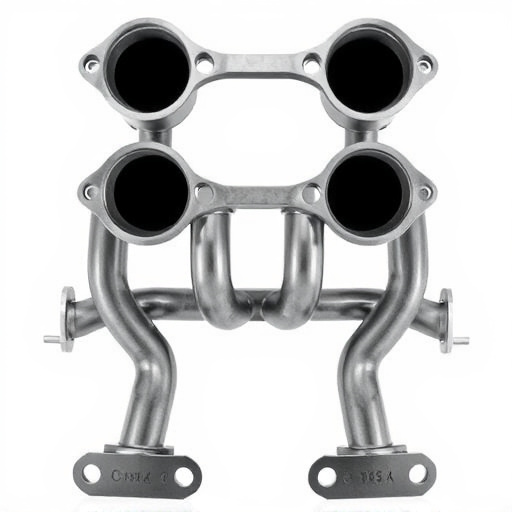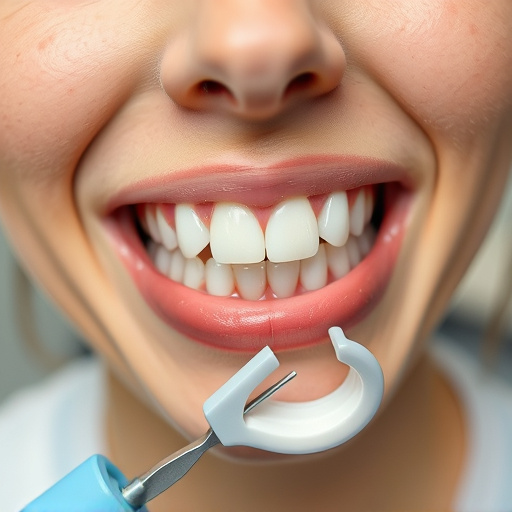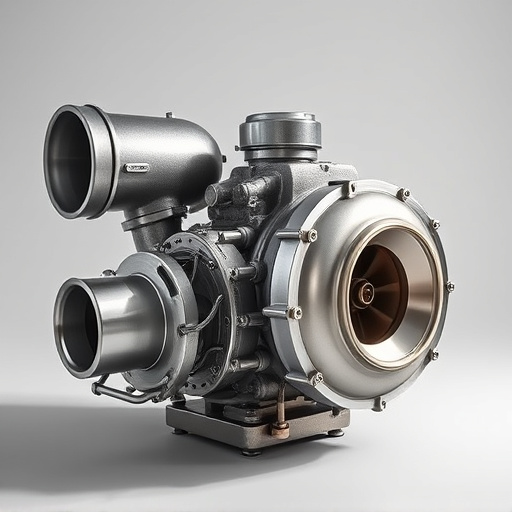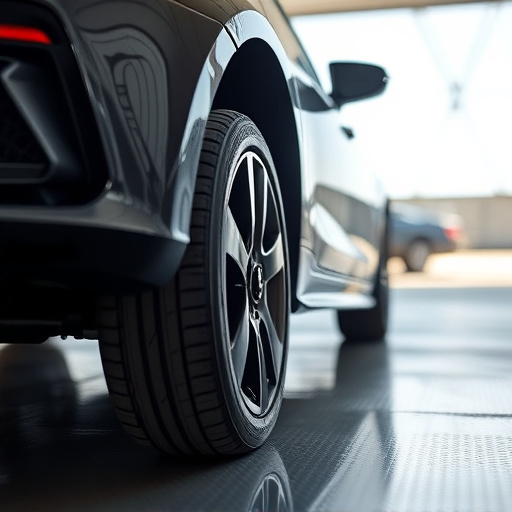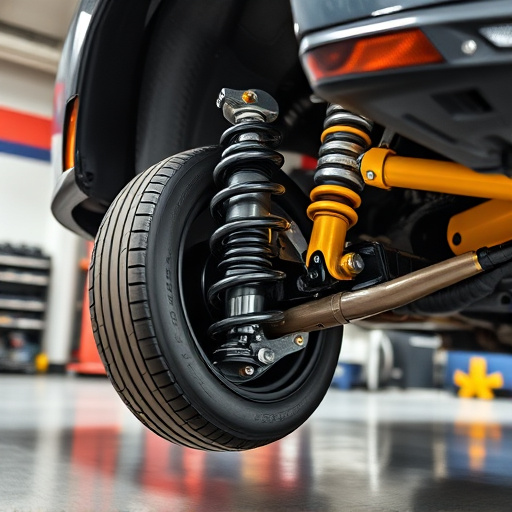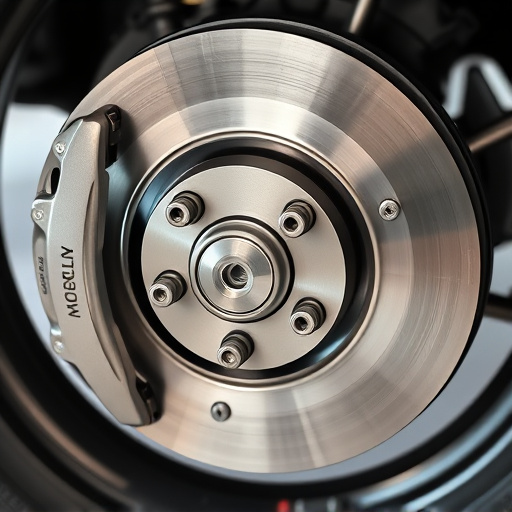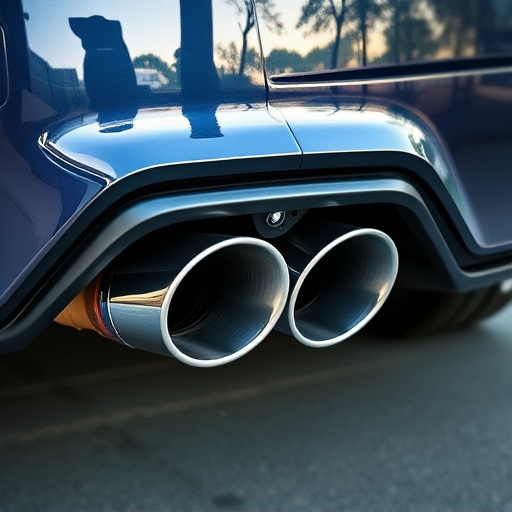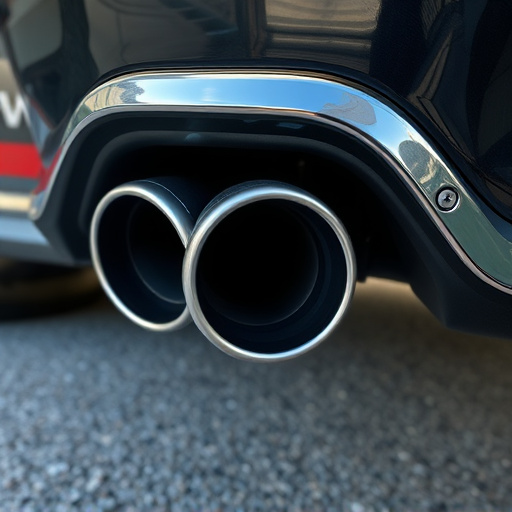Brake caliper covers protect crucial braking components from dirt, corrosion, and enhance vehicle aesthetics. Their durability is tested through extreme conditions and equipment, considering changes in dimensions, color, structure, and noise levels over time. Analyzing test results helps identify weaknesses and compare brand/model performance. Regular maintenance of exhaust tips and intake systems minimizes heat buildup, ensuring optimal braking performance and extending the life of brake caliper covers, ultimately enhancing vehicle safety.
Testing the durability of brake caliper covers is essential for ensuring their longevity and performance. These covers play a vital role in enhancing vehicle aesthetics while protecting crucial brake components. This article explores comprehensive methods for evaluating their durability, from understanding the significance of caliper covers to implementing rigorous testing protocols. We’ll guide you through analyzing test results, offering insights into maintaining optimal brake health and extending the lifespan of these essential accessories.
- Understanding Brake Caliper Covers and Their Importance
- Methodologies for Durability Testing
- Analyzing Results and Ensuring Longevity
Understanding Brake Caliper Covers and Their Importance
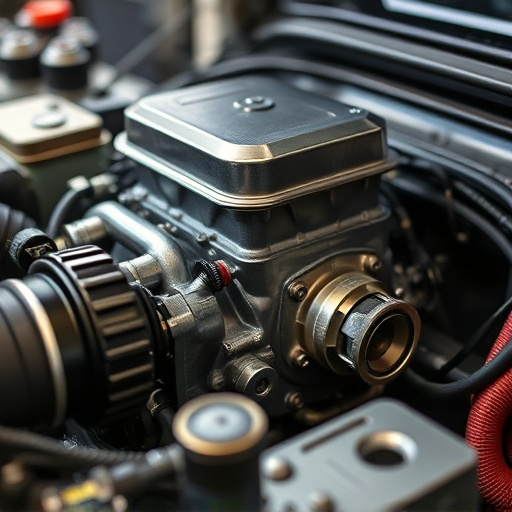
Brake caliper covers are an essential component of a vehicle’s braking system, often overlooked but crucial for maintaining optimal performance and aesthetics. They serve as protective sleeves that encase the brake calipers, the parts responsible for clamping down on the rotors to slow or stop the wheel rotation. These covers not only safeguard the calipers from dirt, debris, and corrosion but also contribute to a vehicle’s overall visual appeal by enhancing its wheel and brake setup.
Understanding the significance of brake caliper covers is vital in ensuring the longevity of performance brakes and suspension components. Unlike a cat-back exhaust system that primarily affects engine performance, caliper covers play a direct role in maintaining the integrity of critical braking parts. By keeping these components clean and free from damage, drivers can expect consistent and powerful braking performance, which is essential for both safety and optimal control during driving, especially under extreme conditions.
Methodologies for Durability Testing
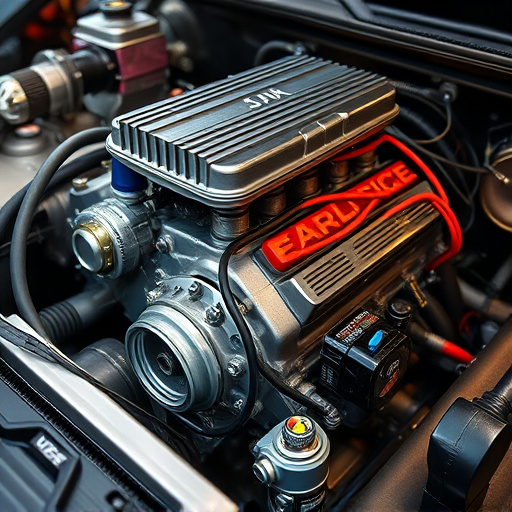
When testing the durability of brake caliper covers, several methodologies can be employed to simulate real-world conditions. One common approach involves subjecting the covers to rigorous environmental tests, including extreme temperatures and corrosive substances like salt water or industrial chemicals. These tests mimic the effects of outdoor exposure and harsh driving conditions. Additionally, advanced equipment such as vibration test machines and pressure testers can replicate the forces exerted on brake components during intense driving scenarios, including sudden stops and cornering.
Another crucial aspect is the evaluation of the covers’ resistance to degradation over time. This involves monitoring changes in dimensions, color fading, and structural integrity after prolonged exposure. Some tests even incorporate the assessment of noise levels generated by the brakes under various conditions, as this can be an indicator of wear and tear. Integrating these methodologies allows for a comprehensive understanding of how brake caliper covers perform and endure over their expected lifespan, ultimately ensuring they meet the required performance standards alongside enhancing vehicle safety.
Analyzing Results and Ensuring Longevity
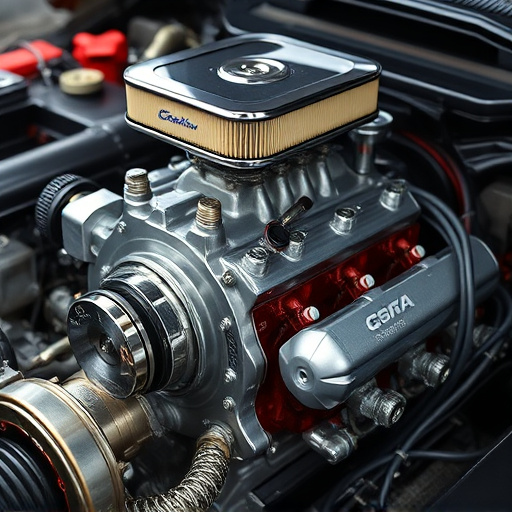
After conducting the durability tests on brake caliper covers, it’s crucial to analyze the results thoroughly. Examine any signs of wear and tear, comparing the condition of the covers with their original state. Look for discrepancies in color, texture, or structural integrity – these could indicate potential weaknesses or areas prone to failure under stress. Note any variations between different brands or models, as this can provide insights into the overall durability of various caliper cover options available in the market.
Ensuring longevity of brake caliper covers involves more than just testing; it requires understanding the interplay with other vehicle components, particularly exhaust tips and intake systems. While these parts don’t directly affect cover durability, they contribute to the overall health of your brakes and engine. Proper maintenance of exhaust systems and regular checks on intake components can help prolong the life of brake caliper covers by minimizing heat buildup and ensuring optimal braking performance.
Testing the durability of brake caliper covers is essential to ensure their longevity and performance. By understanding the methodologies involved in these tests, you can analyze results to make informed decisions. This knowledge enables you to select or design covers that withstand the rigors of various driving conditions, ultimately contributing to safer and more reliable braking systems. Remember, high-quality brake caliper covers are a crucial investment for maintaining optimal vehicle performance.


